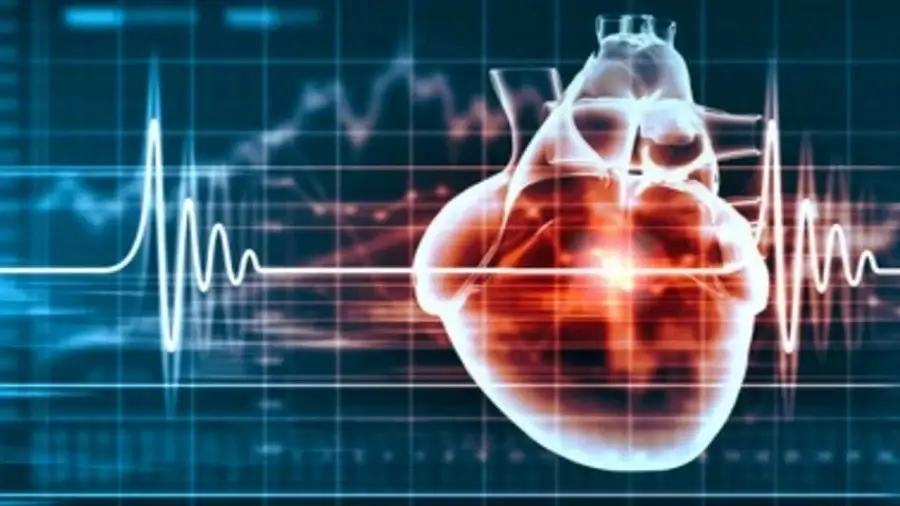Heart Rate and Pulse Rate: How to Measure Effectively

Introduction:
Heart rate and pulse rate are vital indicators of cardiovascular health and fitness, although often used interchangeably, they denote distinct physiological measurements. This article explores their differences, and methods for accurate measurement, and offers practical tips for effective monitoring. Additionally, the article also explains how to measure these metrics that is essential for assessing overall health and fitness levels.
Understanding the difference between heart and pulse rate:
What is Heart Rate?
Heart rate is the number of times your heart beats per minute. This rate varies based on age, gender, physical condition, and other factors. A normal resting heart rate is between 60 and 100 beats per minute. Heart rate is typically measured using electrocardiography (ECG) or heart rate monitors
Moreover, this metric measures how swiftly the heart contracts and pumps blood throughout the body, serving as a vital indicator of cardiovascular health. Heart rate varies based on age, fitness, activity level, and overall health. It can be evaluated both at rest and during physical exertion, with activity typically resulting in an elevated heart rate to meet heightened oxygen and nutrient demands.
What is Pulse Rate?
Pulse rate is the number of times your blood vessels expand and contract per minute. This is also known as the heart rate. Pulse rate indicates the number of pulses felt in a peripheral artery within the same timeframe. It can be assessed manually by palpating arterial pulses. It is usually measured at the wrist, neck, or ankle.
Moreover, this physical manifestation of heart rate reflects the rhythmic expansion and contraction of arteries as blood is propelled by the heart. Pulse rate is manually measured by palpating an artery and counting the beats within a set interval (e.g., 15 seconds), then multiplying to determine the beats per minute.
Measuring Heart Rate and Pulse Rate:

Why Measure Heart Rate?
A high heartbeat rate could be an indication of a heart condition or a sign of poor physical fitness. Conversely, a low heart rate could indicate a problem with the heart’s electrical system or a sign of good physical fitness. Measuring your heart rate can help you track your fitness level and ensure that your heart is functioning properly.
Why Measure Pulse Rate?
The pulse rate is an indicator of the health of the circulatory system. It can help identify heart conditions, blood pressure, and other health issues. Moreover, measuring your pulse rate can help you track your fitness level and ensure that your circulatory system is functioning properly.
Measurement Using Equipment:
Heart rate monitors: These devices use sensors to detect the electrical signals generated by the heart and provide real-time heart rate readings. They can be worn as chest straps, wristbands, or incorporated into fitness trackers.
Pulse oximeters: These devices measure heart rate by detecting changes in blood oxygen levels and are commonly used in medical settings. They clip onto a fingertip or earlobe to assess pulse rate and oxygen saturation.
Measurement Without Equipment:
Manual palpation: Place two fingers (usually index and middle fingers) on the radial artery in the wrist or the carotid artery in the neck. Count the number of pulses felt within a 60-second timeframe to determine heart rate.
Tips for Accurate Measurement of Heart Rate:
- Choose a quiet space where you can relax and focus on the measurement without distractions.
- Maintain a consistent posture and avoid excessive movement during measurement.
- Sit or lie down for a few minutes to allow your heartbeat to stabilize before taking measurements.
- Use the correct technique for palpating arterial pulses.
- Find the pulse on your wrist (radial artery), neck (carotid artery), or chest (brachial artery) using your fingertips.
- Apply gentle pressure to the pulse point with your fingertips to avoid obstructing blood flow.
- Count the number of beats you feel within a specified time frame, such as 15 or 30 seconds. Then, multiply the count to calculate the beats per minute (bpm).
- Take multiple measurements and calculate the average to ensure accuracy, especially if you notice variations in readings.
- Use a stopwatch or a timer on your smartphone to accurately measure the duration for counting beats.
- Ensure consistent pressure and counting methods for each measurement to avoid errors.
- Keep track of your heart and pulse rate measurements over time to monitor changes and trends.
- If you have concerns about your heart or pulse rate, or if you notice irregularities, consult a healthcare provider for further evaluation and guidance.
Interpreting the Results:
Once you’ve obtained heart or pulse rate measurements, it’s essential to interpret the results in context. Factors such as age, fitness level, medication use, and underlying health conditions can influence these values. Consult with a healthcare professional if you have concerns about your heart rate or pulse rate readings.
Conclusion:
Measuring heart rate and pulse rate effectively is crucial for monitoring cardiovascular health and fitness progress. Whether using specialized equipment or manual palpation techniques, accurate assessment demands attention to detail and proper technique. Understanding the differences between these metrics and implementing best practices for measurement provides valuable insights into overall well-being. Regular monitoring and consulting with healthcare providers are vital for maintaining heart health and achieving optimal fitness levels.
Source link